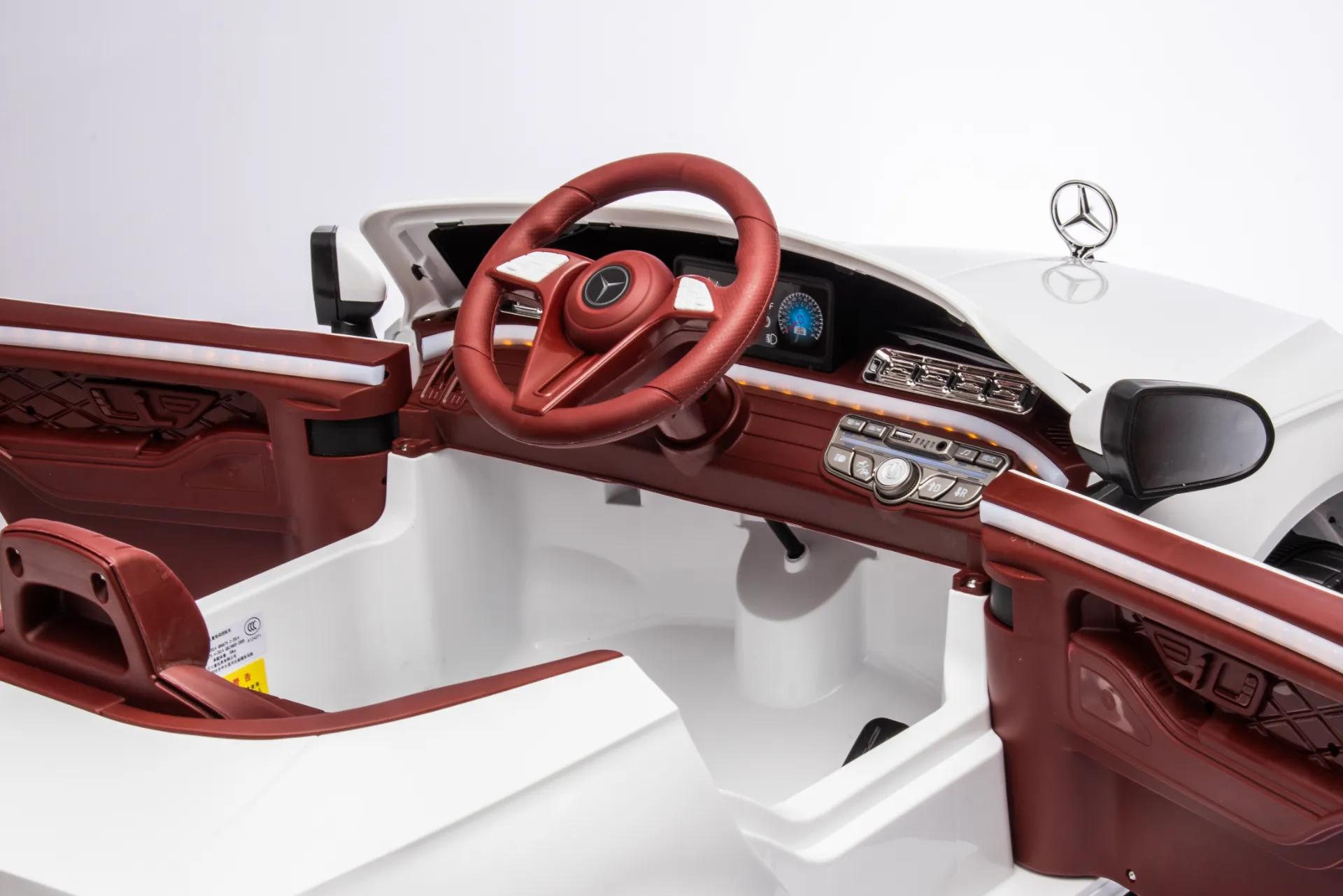Tips and Techniques for Mastering the Art of Riding a Three-Wheel Scooter Safely and Effectively
How to Ride a Three-Wheel Scooter
Riding a three-wheel scooter can be an exhilarating experience, whether you're a beginner looking to traverse the neighborhood or an experienced rider wanting to enjoy a smooth and stable ride. Three-wheel scooters, often designed for both children and adults, offer a balance of safety, ease of use, and fun. This article will provide you with essential tips and tricks on how to ride a three-wheel scooter effectively.
Choosing the Right Scooter
Before you begin your journey, it is crucial to choose the right type of three-wheel scooter. There are various models available, with some designed specifically for children and others for adults. When selecting a scooter, consider its weight capacity, handlebar height, and wheel size. For younger riders, look for scooters with safe, sturdy designs that include features such as grip handles and non-slip decks. Adults should look for models that provide stability and comfort for longer rides.
Safety Gear is Essential
Safety should always be your top priority when riding a scooter. Just like riding a bicycle, wearing proper safety gear can significantly reduce the risk of injury. Always wear a helmet that fits snugly on your head, and consider additional protective gear such as knee and elbow pads. Wearing closed-toe shoes with grip is also advisable, as it helps maintain balance and control.
Proper Riding Posture
Once you have selected your scooter and donned your safety gear, it's time to learn how to ride properly. Start by standing on the deck of the scooter with one foot (usually your dominant foot) placed on the scooter's platform while the other foot pushes off the ground. Your knees should be slightly bent, and your body should remain upright, with your arms relaxed on the handlebars. This posture not only helps you maintain balance but also allows you to control your scooter more effectively.
Pushing Off and Steadying Your Ride
how to ride 3 wheel scooter

To gain speed, push off the ground with your back foot while keeping your front foot on the scooter. Once you have reached a comfortable speed, place your back foot on the deck next to your front foot. In a three-wheel scooter, the design provides stability, so you can maintain your balance easily. To steer, lean your body slightly to one side or the other rather than turning the handlebars sharply. The three-wheel design is more forgiving, allowing for gentle turns that avoid sudden shifts in balance.
Braking Safely
Knowing how to stop is just as important as learning how to ride. Most three-wheel scooters are equipped with a rear brake that you can engage by pressing down with your foot. Practice using the brake gently to slow down and stop before attempting to come to a complete halt. Make sure to signal your intentions when slowing down or turning, especially when riding near pedestrians or traffic.
Navigating Your Environment
When riding your three-wheel scooter, be mindful of your surroundings. Choose flat surfaces or designated paths for a smoother ride. Avoid uneven terrain, gravel, or crowded areas, as these can affect your balance and control. Always keep an eye out for obstacles, pedestrians, and vehicles.
Practice Makes Perfect
Like any new skill, riding a three-wheel scooter takes practice. Start in a safe, open area free from distractions and gradually build your confidence. As you become more comfortable, you can explore different environments and try out new tricks.
Conclusion
Riding a three-wheel scooter can be a blast with the right preparation and knowledge. By selecting the right scooter, wearing safety gear, and mastering basic riding techniques, you'll be ready to enjoy countless adventures. So grab your scooter, hit the pavement, and have fun riding!
-
Children's Tricycle: Enlarged Seat, Sunshade & Safety Push BarNewsAug.31,2025
-
Sports Kids Bike: High Carbon Steel Argon Arc Welded Frame | Beautiful GiftNewsAug.30,2025
-
Ultimate 24V Children's Car: Power, Fun & Safety for KidsNewsAug.29,2025
-
Children's Electric Car Ride Ons: 2-Seater, Bumper & Audi ModelsNewsAug.28,2025
-
Understanding Voltage in Battery for Children's Motorized CarNewsJun.05,2025
-
Safety Features to Look for in an Electric Car for KidsNewsJun.05,2025
